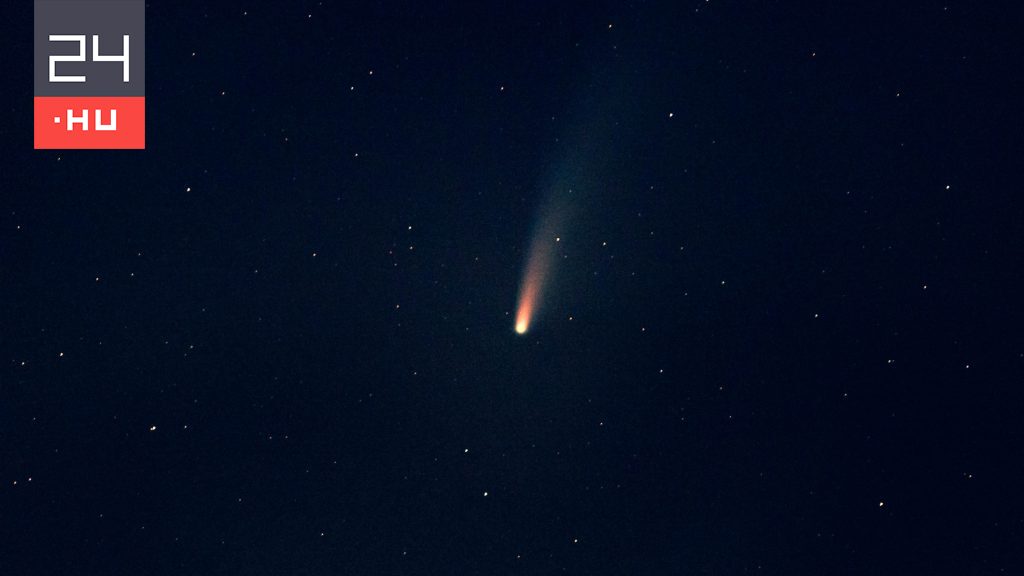Emre Toothscientific advisor to the Center for Earth and Astronomical Sciences Research (CSFK) on csillagaszat.hu He wrote that comet C/2021 O3 (PANSTARRS), which will approach Earth in May after close to April, will be visible to the naked eye in early May, according to MTI. The object can be observed in the northern sky with a small binoculars throughout the summer.
The comet was discovered on July 26, 2021 by the 1.8-meter Ritchey-Chrétien Telescope of Pan-STARRS1 (Panoramic Survey Telescope and Rapid Response System), which operates at the Haleakala Observatory (Maui, Hawaii). NASA’s Jet Propulsion Laboratory (JPL) says it leaves the solar system after the celestial body is close to the sun. At the enterprise, the object is believed to have come from remote parts of the Oort Cloud and have been on its way into the solar system for millions of years.
The comet will be near the sun on April 21, when it will be 47.9 million kilometers from our central star. The orbital plane of AC/2021 O3 (PANSTARRS) is located at an angle of 56.76 degrees with the plane of Earth’s orbit.
When approaching the object, it can be observed only after sunset near the horizon, in the evening dusk with binoculars and small binoculars. The best time to detect a comet is from late April to mid-May, when it moves away from the direction of the sun.
According to preliminary estimates, in the days after proximity, the apparent brightness will be about 6-7 degrees at the end of April. During its proximity to the Earth, in the first half of May, its strength will be 4-5 degrees, that is, it can be seen with the naked eye in a dark sky devoid of irritating lights, and can also be observed with binoculars and binoculars.
According to Imre Tóth, this comet won’t be as amazing as NEOWISE was in the summer of 2020, but for now this year, PANSTARRS is proving to be a promising celestial wanderer that can be seen with the naked eye. As the expert wrote, the apparent celestial path of C / 2021 O3 (PANSTARRS) runs between the constellations in the northern sky in its bright section, and from May onwards it will be suitable all summer if it remains bright or not its heart. They crumble and fade as a result and then disappear from our eyes and our tools.
Emery Toth noted that based on the experience so far, the probability of the comet’s nucleus disintegrating in the period close to the Sun is high. However, in this case, observing the core segments provides an opportunity to gain insight into the interior of the original core: to determine the structural structure as well as the chemical composition of the core.












































